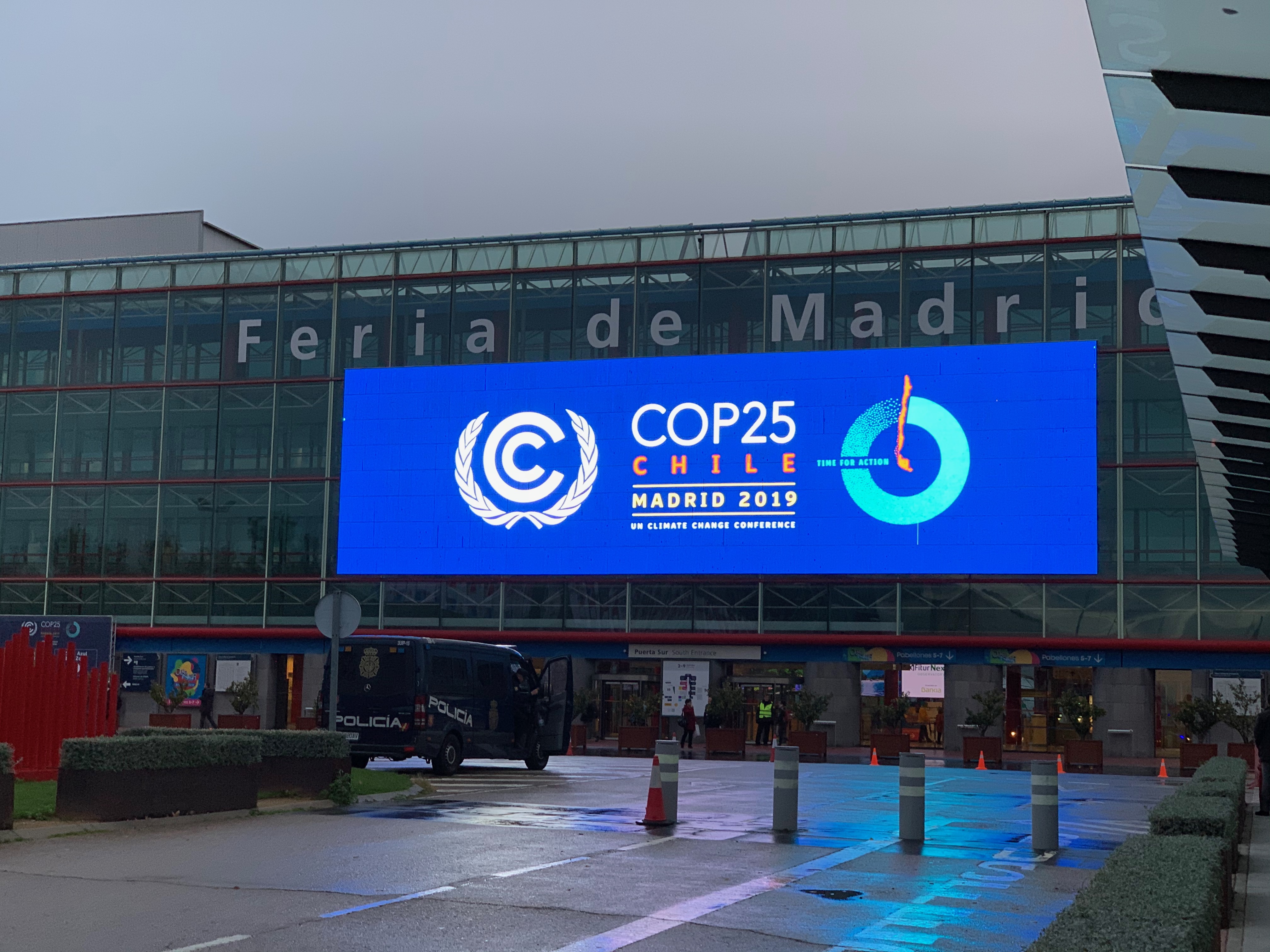
By Eduardo Agosta Scarel, O. Carm.
Climate change is an inescapable reality. The global sciences and data on the state of the earth’s climate are blunt. For example, today we see that Arctic ice last summer reached its historical low of the last 40 years; that the western part of Antarctica collapses breaking ancient masses of ice; that global warming is already 1.1 o C compared to the period where there was no burning of oil, coal or natural gas; that the average increase in sea level is positioned at 3 mm per year, and is triple in the regions already most affected now (Pacific Islands); and that the continuous emissions of carbon dioxide every week are moving away from the safety threshold agreed in the Paris Agreement. Not to mention the disappearance of glaciers in mountains, the acidification of the seas and the biological death in them; the progressive increase in extreme weather events, records of heat waves, floods … and the list goes on.
The Conference of the Parties (COP) number 25 on the climate, or Climate Summit, was to be held in Chile, but due to political unrest in Santiago, it had to be relocated in record time. Canceling a COP with such a climate emergency was not an option. The Kingdom of Spain generously offered to organize the summit. In just 4 weeks of preparation, the United Nations (UN) Secretariat of Climate Change and the governments of Chile and Spain worked against the clock to provide an efficient and successful organization of the COP. We all have set high expectations on the COP25, from governments, businesses, local authorities, NGOs to civil society in general.
We can affirm that the logistics organization for such an international meeting has proved to be a success, where the formal negotiation agendas, official UN meetings and events, parallel events and planned press conferences have been respected. The high expectations of this COP25 stem from the fact that it is the prelude to COP26 that will be held in Glasgow in 2020, the year that closes the deadline established by the Paris Agreement, a document agreed by all countries during COP21 in the 2015 to globally manage the climate crisis.
In the Paris Agreement, countries pledged to lead the world towards sustainable development and limit global warming from 1.5 ° C to 2 ° C above pre-industrial levels. It has been five years where each country undertook to outline, with the help of science and its own possibilities, the Nationally Determined Contributions, or Ambitions, which will be climatic actions after 2020, aimed at increasing the capacity to adapt to adverse effects of climate change, promoting climate resilience and the development of low greenhouse gas emissions, so that food production is guaranteed. Countries also agreed to work so that funding flows were consistent with a path to sustainable development, with low greenhouse gas emissions and a resilient climate. In these issues have been set expectations in each COP since 2015. Even today, most countries have not developed ambitions real enough to guarantee the success of these goals; for example, regarding how to reach zero net carbon dioxide emissions by 2050 nationwide.
Even today, the issue of how to deal with losses and damages is not settled. The range of proposals on how to provide financing to vulnerable countries that recover from extreme weather events, or from slow-onset impacts such as sea level rise, is too wide. The positions are extreme between the bloc of the United States and Australia, and that of China and other developing countries. In a nutshell, the United States seems to want to ensure that it is never responsible for losses and damages caused by climate impacts in vulnerable countries, despite being responsible for almost a third of the gases that now warm up the planet.
Finally, even today, it has not been unlocked what the new carbon market system will be like to help countries “decarbonize” their economies at the lowest cost. The rules of the game in this market are waged between a supply and demand space between two countries to trade carbon units, or to establish a regulated market, with taxes and tax punishments, by a centralized governance system, for all countries (system similar to the one that has shown its success in the Montreal Protocol with the Ozone Hole). Depending on how the rules of the game in this market are finally defined, we may think that the Paris Agreement will be achieved with more or less success. Because, both the ambitions of the countries and the inclusion, or not, of companies, on the road to sustainable, climate-friendly development, are still hanging today, like a thread, from the ceiling of this definition.
It should be noted that any definition that takes into account the goals of the Paris Agreement will necessarily mean a drastic reduction in the use of fossil fuels as the main energy in the countries. Even today, the planned multinational extraction for the coming years of coal, oil and gas is already enough to largely exceed the 1.5 o C target. Countries where fossil fuel production is large, such as in the United States, Australia, Saudi Arabia, Brazil, Russia and others (where Argentina is included), seem to work to undermine negotiations that introduce restrictions on the side of the demand, which the Paris Agreement encourages. The way is to go for other alternative energies.
